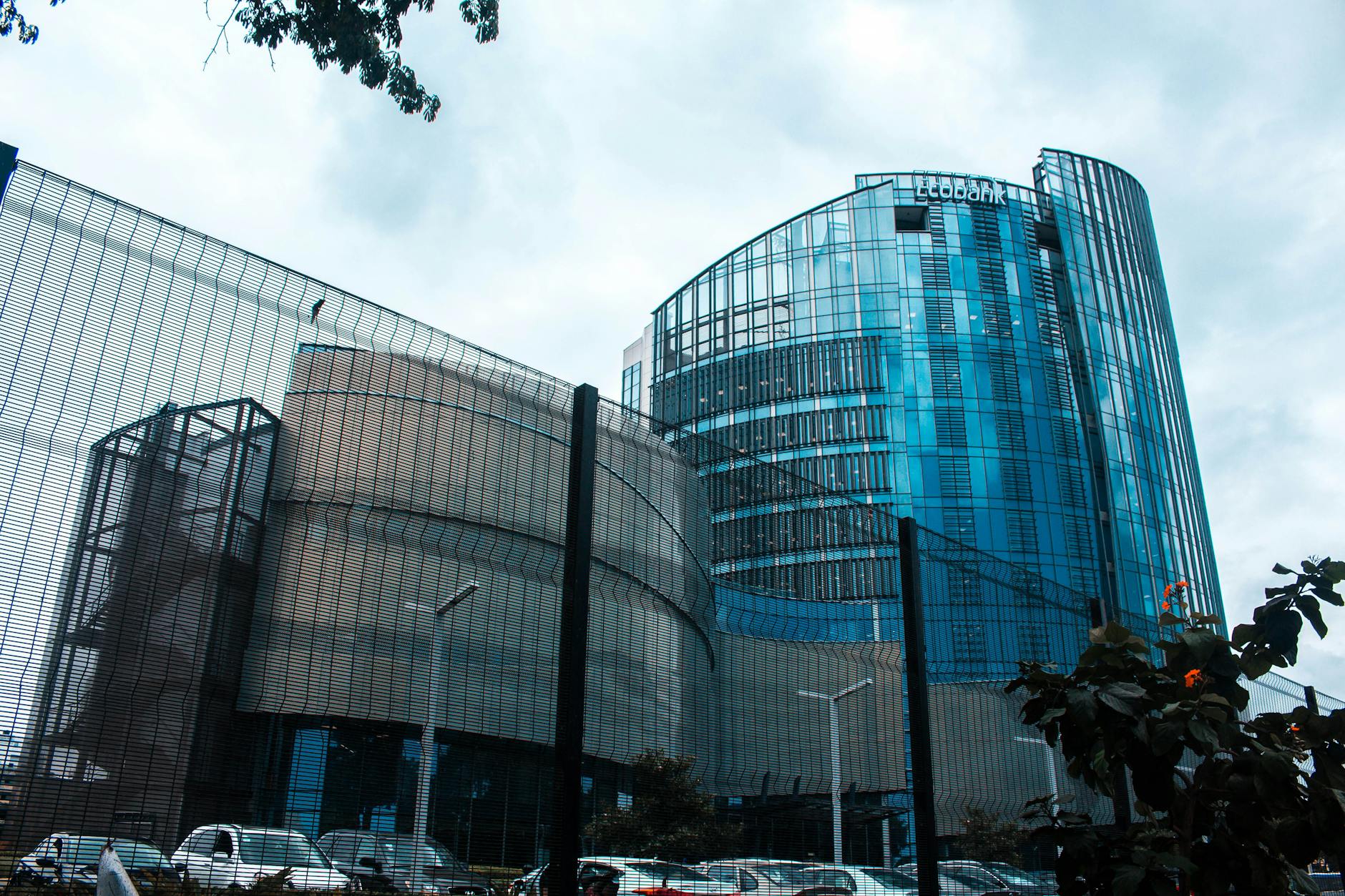The reverse repo rate is a key monetary policy tool used by central banks to control liquidity in the financial system and influence interest rates. Understanding how the reverse repo rate works is crucial for anyone interested in the functioning of the economy and the impact it can have on various financial instruments and markets.
The Mechanics of Reverse Repo Rate
The reverse repo rate refers to the interest rate at which the central bank borrows money from commercial banks. This is done through reverse repurchase agreements where the central bank sells securities to commercial banks with an agreement to repurchase them at a future date, typically within a short period of time.
Factors such as economic conditions, inflation levels, and monetary policy objectives influence the central bank’s decision to change the reverse repo rate. An increase in the reverse repo rate can lead to a decrease in the money supply as banks are incentivized to park their excess funds with the central bank at a higher interest rate, thereby reducing liquidity in the financial system.
The reverse repo rate plays a crucial role in influencing short-term interest rates and can have a ripple effect on various financial instruments such as bonds, money market funds, and other fixed-income securities.
The Role of Reverse Repo Rate in Economic Stability
The reverse repo rate is an important tool used by central banks to maintain economic stability. By adjusting the reverse repo rate, central banks can control inflation levels and stabilize exchange rates. A higher reverse repo rate can help curb inflation by reducing the money supply in the economy, while a lower rate can stimulate economic growth by increasing liquidity.
Exchange rates are also influenced by the reverse repo rate, as changes in interest rates can impact the attractiveness of a country’s currency to foreign investors. By adjusting the reverse repo rate, central banks can influence exchange rates and maintain currency stability.
Controlling liquidity in the economy is another key function of the reverse repo rate. By adjusting the rate, central banks can ensure that the financial system has adequate liquidity to support economic activity without leading to excessive inflation or asset bubbles.
Recent Trends in Reverse Repo Rate
In recent years, central banks around the world have made significant adjustments to their reverse repo rates in response to changing economic conditions. For example, during periods of economic downturn, central banks may lower the reverse repo rate to stimulate borrowing and investment, whereas during periods of high inflation, they may increase the rate to curb excessive spending.
Image courtesy of www.svtuition.org via Google Images
Fluctuating reverse repo rates can have a significant impact on financial markets, as changes in interest rates can affect the pricing of various financial instruments. Investors and market participants closely monitor changes in the reverse repo rate to assess the overall economic outlook and make informed investment decisions.
Comparing reverse repo rates across different countries and regions can provide valuable insights into the monetary policies of various central banks and their approaches to maintaining economic stability. Understanding these trends can help investors navigate volatile market conditions and make informed decisions based on interest rate expectations.
Concluding Thoughts
Understanding the role of the reverse repo rate in the economy is essential for anyone looking to grasp the complexities of monetary policy and its implications on financial markets. By staying informed about recent trends in the reverse repo rate and its impact on economic stability, investors can make better-informed decisions and navigate changing market conditions with confidence.



